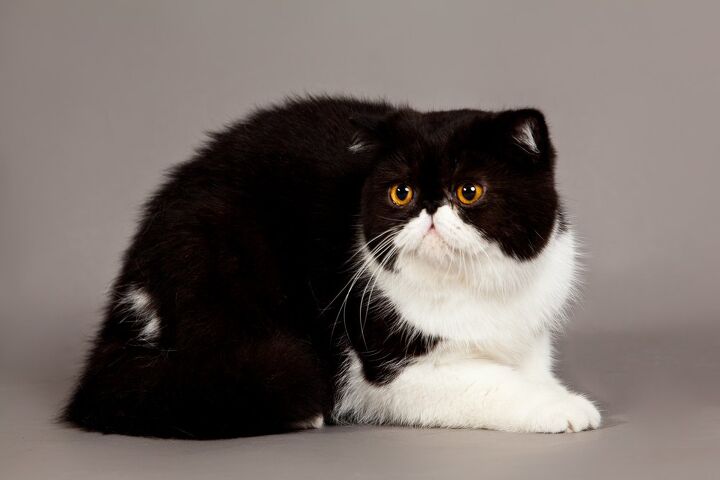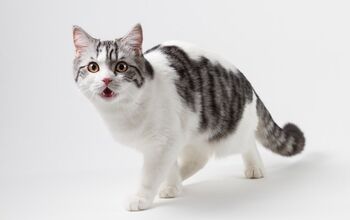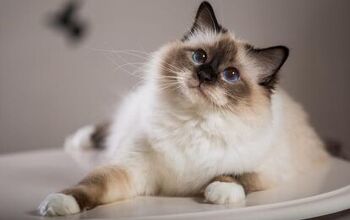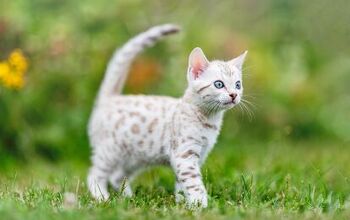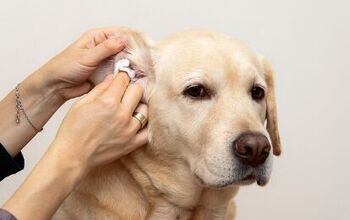Exotic Shorthair


About Exotic Shorthair
The Exotic Shorthair was created in the 1950s with the express goal of developing a cat that looked like a Persian, but without the long, high-maintenance coat. To achieve the desired appearance, crossbreeding included the American Shorthair, Burmese, and British Shorthair. By the 1960s, the breed was recognized by most cat associations and registries. Catteries that pioneered the development of the breed included the Lion House Cattery and the New Dawn Cattery.
The quiet and docile Exotic Shorthair adapts easily to any environment, getting along well with dogs and children.
The quiet and docile Exotic Shorthair adapts easily to any environment, getting along well with dogs and children. They are much like their Persian forefathers, but are more inquisitive and outgoing, which makes for a gentle and loving playmate that is fun and active without being destructive. Even Exotic kittens are good not to tear things up, and regardless of age, Exotics rarely use their claws. They train easily, and unlike many cats, actually understand the concept of “no.” Tell an Exotic to get off the counter or table, and he will actually remember and obey. They like to be close to their humans, but Exotics are not demanding companions. They will accept an invitation, and will likely extend one, but they rarely insist. Instead, the Exotic is content to spend hours sitting looking out the window, or dozing in some favorite spot around the house. They sleep most of the day, and are most active in the evening and early morning. An Exotic can entertain himself for hours, and thus can be left alone without experiencing loneliness or separation anxiety.
The Exotic Shorthair is an unusually robust cat with short legs and a cobby build. It is a heavily boned animal, whose body is well proportioned and balanced. The Exotic should be round when viewed from virtually any angle, with heads that are the size and shape of a softball. Their eyes are also rounded with a sweet, inquisitive expression. The eyes are docile, but intelligent and engaged. The short snub nose is clearly inherited from this cat’s Persian antecedents, and, like a Persian, they are prone to eye staining. An Exotic Shorthair’s tail is typically of the “bottlebrush” variety and is not especially long. Often referred to as “Teddy bears,” the Exotic Shorthair is a soft, hefty, well-contoured cat that invites — and welcomes — cuddling.
The Exotic Shorthair is found in all color and pattern combinations. Favored shades include blue, black, cream, red, tortoiseshell, and tabby.
Unlike all other short-haired cats, the Exotic Shorthair’s coat is even all over, with no ruff or feathering at the tail. The dense fur has a medium soft texture. Grooming can be easily accomplished with a steel comb to prevent matting and tangling. No more than one or two sessions a week is necessary. Exotics do need the occasional bath, especially when they are shedding their winter coat. Fortunately, these cats take well to bathing and are easily handled. Care should be taken to keep the eyes clean to avoid staining in the corners.
Photo credit: Ewa Studio/Shutterstock

Amy Tokic, Editor of PetGuide.com, is a passionate animal lover and proud pet parent of Oscar, a Shih Tzu/Chihuahua cross, and Zed, a Japanese Chin. Her love of animals began in kindergarten, when she brought her stuffed dog Snoopy into class with her every day. Now, she writes about her adventures in pet ownership and tirelessly researches products, news and health related issues she can share with other animal enthusiasts. In her free time, Amy loves perusing used book and record stores, obsessing over the latest pet products available and chasing squirrels with wild abandon (a habit attributed to spending too much time with her pooches).
More by Amy Tokic




